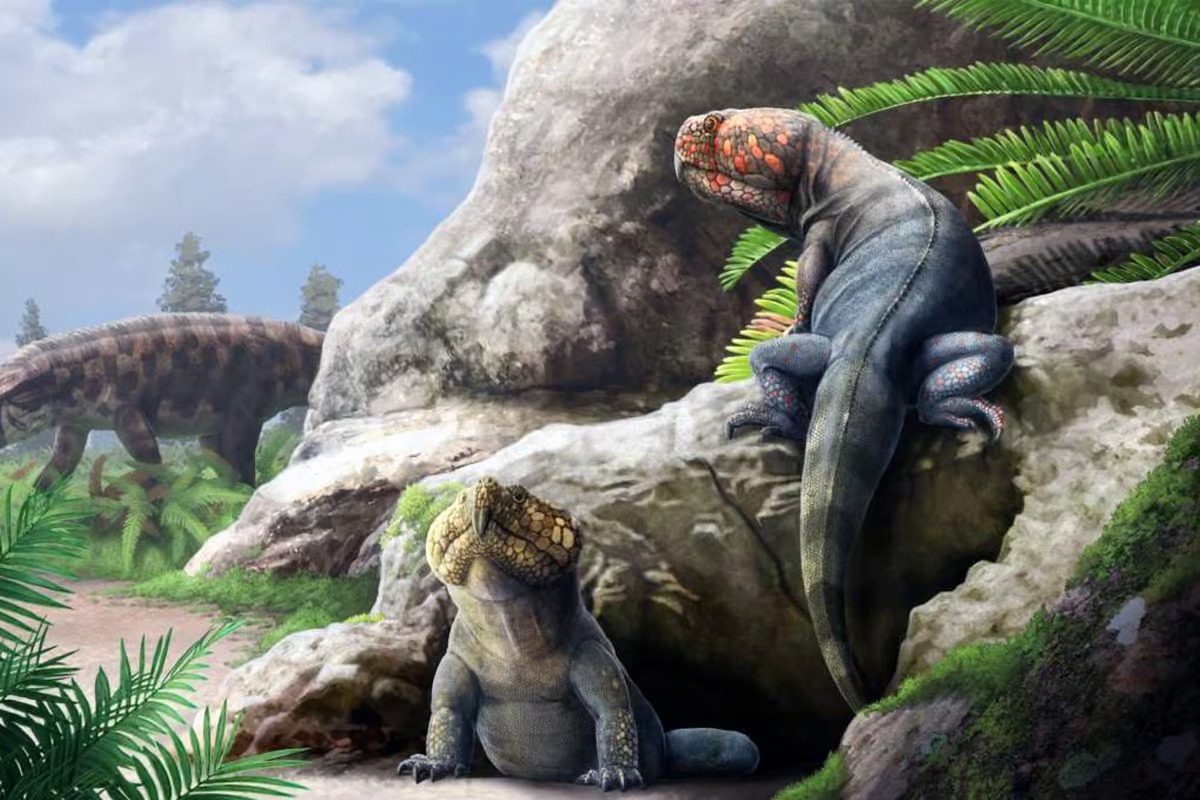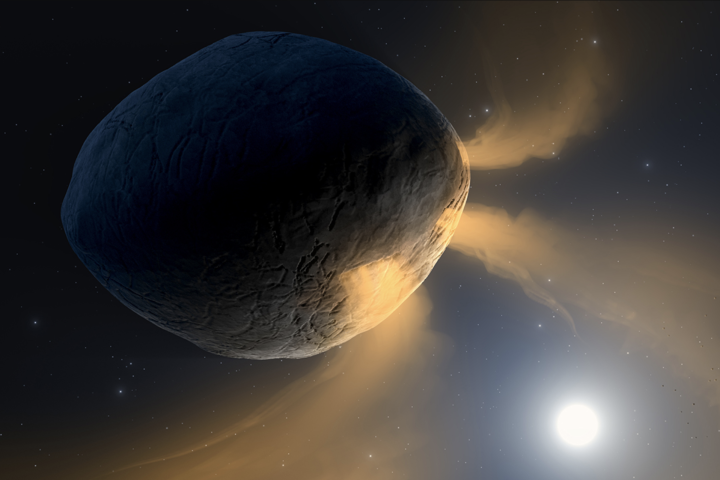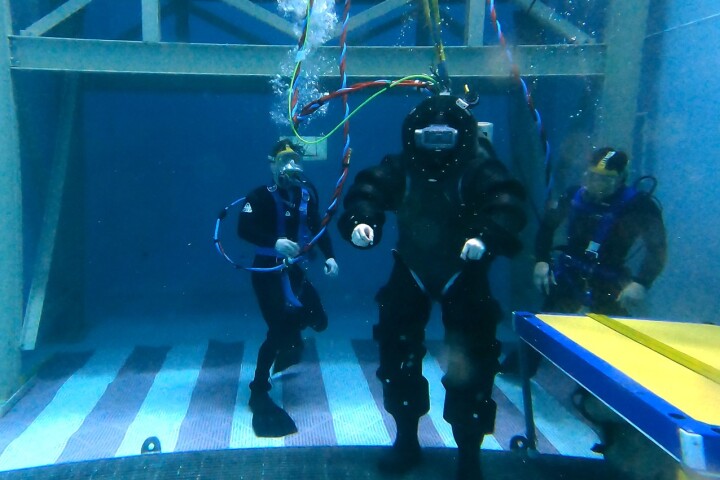 An artist’s reconstruction of the newly discovered rhynchosaur, Beesiiwo cooowuse, named in the language of the First Nations people indigenous to the area in which it was found. Gabriel Ugueto
An artist’s reconstruction of the newly discovered rhynchosaur, Beesiiwo cooowuse, named in the language of the First Nations people indigenous to the area in which it was found. Gabriel Ugueto
–
The Western United States, from Texas to Montana, has always been a good place to dig up fossils that are representative of Earth’s ancient ecosystems.
The new fossil samples were collected from the Popo Agie Formation, a geological formation that includes Wyoming’s Southern Bighorn Mountains and part of the northern Rocky Mountains. It was deposited during the late Triassic, 237 to 227 million years ago. Fragmentary fossils of prehistoric reptiles and amphibians have previously been uncovered from the Popo Agie Formation, but not for some time.
“This is an exciting place to do fieldwork because this geological formation hasn’t really been studied in nearly a century,” said David Lovelace, corresponding author of the study.
Rarely do we see collaboration between scientists and local First Nations communities. Not so with the scientists and students at the University of Wisconsin-Madison, who’ve cultivated relationships with tribal representatives of the Eastern Shoshone and Northern Arapaho and the Fort Washakie Schools (FWS) on the Wind River Indian Reservation in Wyoming. Ensuring that First Nations peoples are involved in the process of fossil discovery and classification has distinct advantages, the researchers say.
“[W]e get this multicultural, multigenerational interaction in the field where elders, FWS students, UW-Madison students and scientists are all working together to integrate Western science, Native science and traditional ecological knowledge,” Lovelace said.
So, with the discovery of a three-foot-long (0.9-m), squat, herbivorous reptile with a beak-like mouth that was collected on the lands of the Northern Arapaho people, it seemed only fitting to name it using their native language. And so, the creature, a rhynchosaur, was named Beesiiwo cooowuse, pronounced Bah-se-wa’ ja’ aw-wu sa, which means “big lizard from the Alcova area,” an area in central Wyoming.
The rhynchosaur is related to modern crocodiles and birds and wandered the Earth between 250 and 227 million years ago. It’s known for its unique plate-like teeth arrays used for crushing and cutting plants. The researchers discovered 12 different rhynchosauria specimens, three of which were identified by their teeth as belonging to the Beesiiwo cooowuse taxon.
The presence of rhynchosauria – and Beesiiwo cooowuse in particular – in Wyoming helps to more accurately date the age of the Popo Agie Formation to the Carnian (late Triassic) period, say the researchers.
“The big reason this becomes important is because within that time interval the very first dinosaurs evolved,” Lovelace said. “It means that these rocks in Wyoming have the potential to preserve part of the fossil record that is otherwise not preserved in North America. It makes it a unique window into the evolution of the dinosaurs.”
The study was published in the journal Diversity.
Source: University of Wisconsin-Madison
–
























